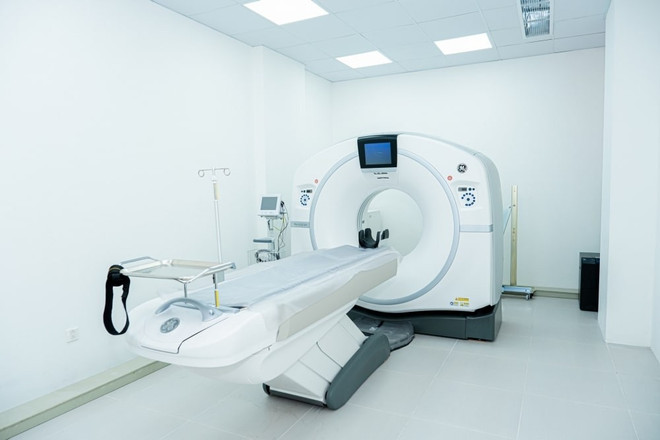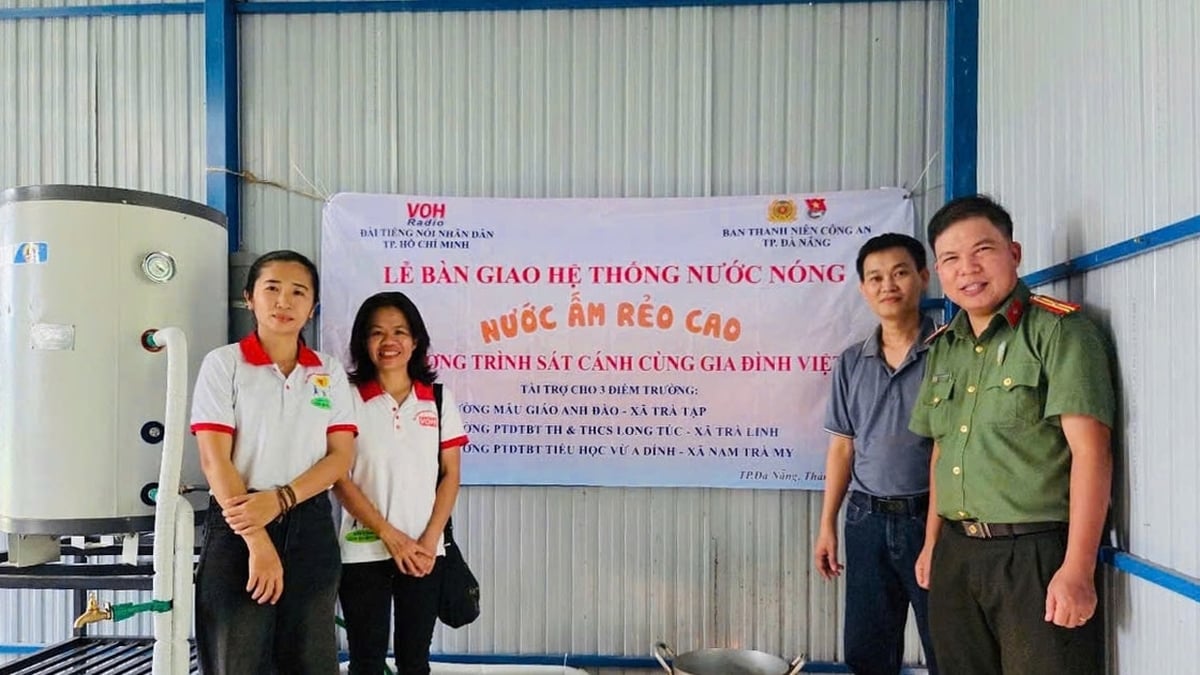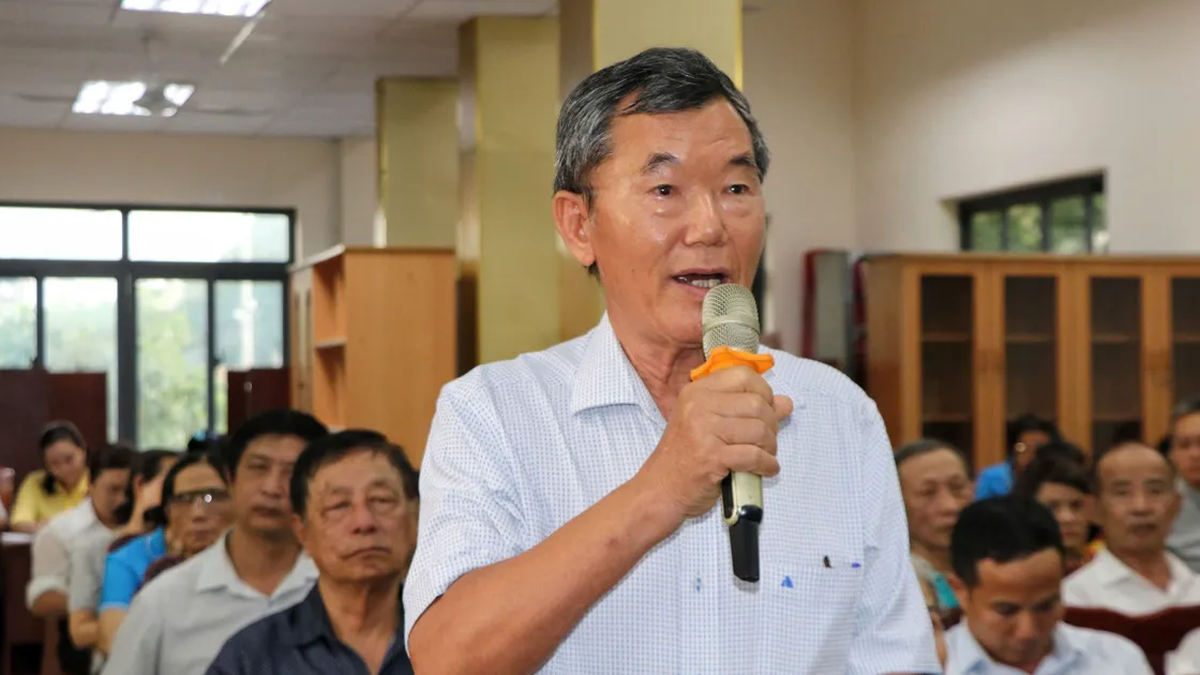A 77-year-old man in Phu Quoc who suffered a severe stroke was saved thanks to urgent coordination between medical facilities on the island, especially the quick response during the “golden hour” of the emergency resuscitation team at Vinmec Phu Quoc General Hospital, contributing to the impressive recovery results.
The danger of stroke in the elderly from underlying diseases of high blood pressure and atrial fibrillation
Mr. TVB (77 years old) was taken to Phu Quoc City Medical Center when he showed symptoms of suspected stroke such as weakness on the left side of his body, crooked mouth, difficulty speaking and gradually falling into a state of drowsiness.
Through clinical examination and computed tomography (CT), doctors determined that the patient had an acute cerebral infarction - a dangerous form of stroke, occurring on the background of high blood pressure and atrial fibrillation (arrhythmia). These are two leading risk factors for stroke in the elderly.
Immediately afterwards, the patient was transferred to Vinmec Phu Quoc General Hospital within 3 hours of the onset of symptoms – in time for the 4.5-hour “golden hour” for effective intervention, reducing the risk of serious sequelae.

Upon admission, the patient's condition was very serious: complete paralysis of the left side of the body, crooked mouth, unable to speak, weak reflexes, and only 1/5 of muscle strength. The NIHSS stroke severity scale recorded a result of up to 18 points - indicating a risk of major blood vessel occlusion and severe brain damage.
The difficulty that arose was that the hospital did not have enough information about the type of medication the patient was taking due to the urgent transfer. This is an important factor that affects the treatment indication.
To ensure safety, the emergency team conducted an emergency blood test. After only 15 minutes, the results of the blood clotting index showed that the patient was eligible for thrombolysis , which helps dissolve blood clots causing cerebral vascular occlusion if applied within the “golden hour,” thereby restoring blood circulation to the brain area that was deprived of oxygen.
After 1 hour of treatment, Mr. B began to become more alert, the paralyzed part of his body could move slightly, and his reflexes gradually recovered. MRI images showed that the suspected blocked blood vessel had been completely reopened - a very positive sign.
Notably, after only 24 hours, Mr. B. was able to walk, talk and live normally. The patient continued to be monitored as an inpatient for 7 days to stabilize his health before being discharged.
Stroke can happen at any age, don't ignore the early signs.
Not only a danger to the elderly, stroke is increasingly becoming younger. At Vinmec Phu Quoc, the emergency resuscitation team recently received and successfully treated a male patient, born in 1996, who was admitted to the hospital with unusual signs such as difficulty speaking, aphasia and mild consciousness disorder.

Through examination and imaging, the young patient was determined to have a large area of brain damage due to ischemia - a typical sign of a stroke. This is a warning that stroke can happen to anyone, at any age, and equipping oneself with knowledge to handle it promptly is necessary to limit dangerous complications.
Master-Doctor Mai Xuan Dat - Head of Emergency Resuscitation Department, Vinmec Phu Quoc Hospital, emphasized: “In the treatment of stroke, time is of the essence. If intervention is made within the “golden hour” of the first 4.5 hours from the onset of symptoms, the patient has a chance of almost complete recovery. Using thrombolytic drugs at the right time helps to clear blocked blood vessels, limit brain damage and reduce the risk of future disability.”
Thanks to the smooth coordination between medical facilities on the island, many stroke patients in Phu Quoc have been treated promptly and achieved positive recovery results.
In a unique geographical context like Phu Quoc Island, establishing a multi-level emergency network – from the front line to specialized hospitals – plays a key role in preserving patients' lives.
Source: https://www.vietnamplus.vn/cuu-song-cu-ong-77-tuoi-dot-quy-do-nhoi-mau-nao-liet-nua-nguoi-tai-phu-quoc-post1049507.vnp




































































































Comment (0)